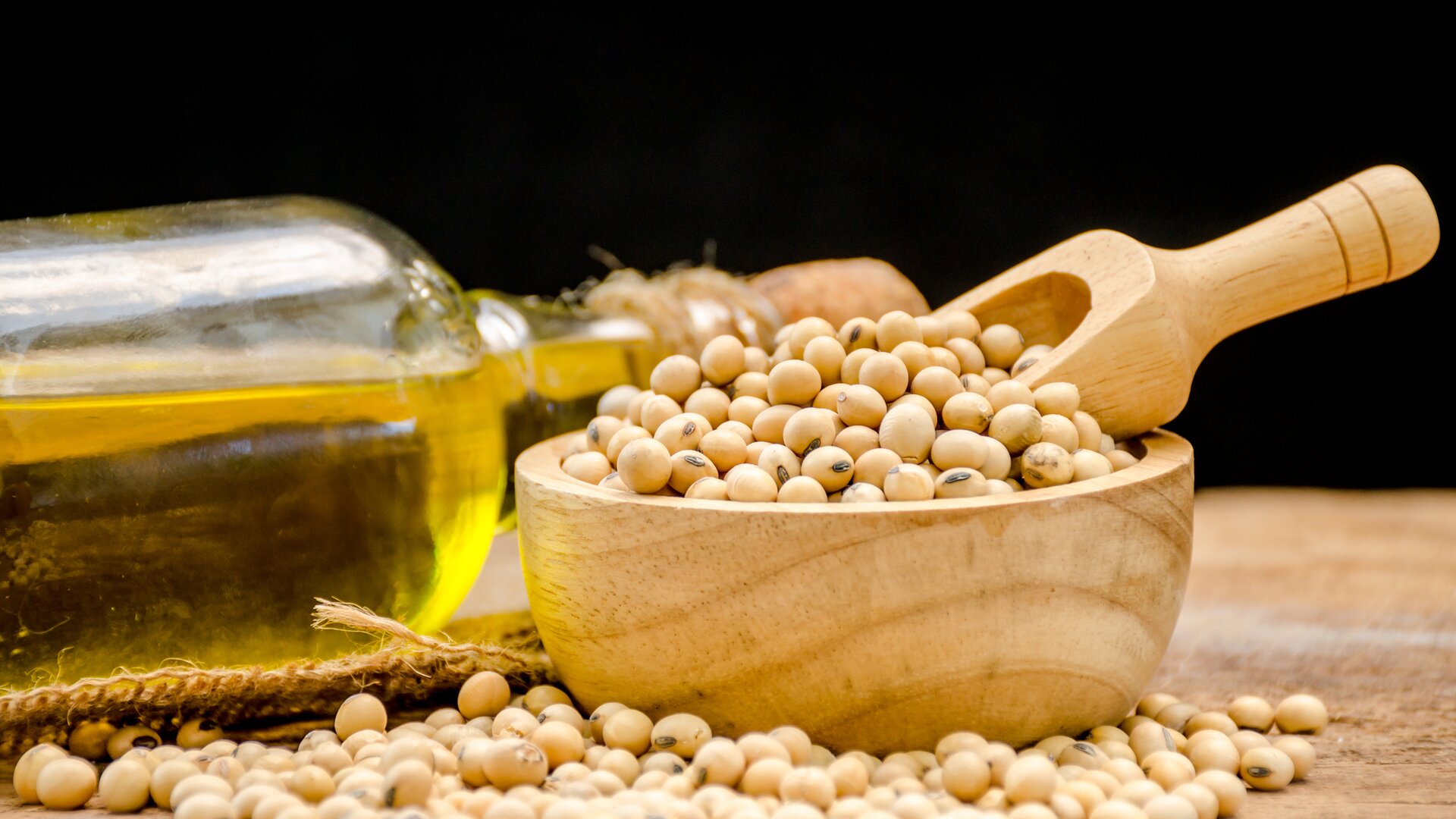- This topic is empty.
- AuthorPosts
- April 9, 2025 at 3:40 am #624947

Soybean is a crucial crop globally, widely used for its nutritional benefits and its role in various industrial applications. As the demand for soybeans continues to rise, the need for optimizing soybean varieties and processing techniques becomes more pressing.
By improving the genetic characteristics of soybean varieties and refining processing methods, we can enhance yield, nutritional quality, and sustainability, benefiting both farmers and consumers alike. This article explores the methods used to optimize soybean varieties and processing techniques to meet current and future agricultural needs.
1. Advancing Soybean Breeding Programs
Advancing soybean breeding programs is a key factor in optimizing soybean varieties. Traditional breeding methods, along with modern biotechnological advances, have enabled the development of varieties that are more resistant to diseases, pests, and adverse environmental conditions.
Through genetic modification and the selective breeding of superior traits, such as drought resistance or enhanced protein content, researchers are constantly improving the quality and productivity of soybeans.
These advancements help ensure that soybeans meet the growing demands of both food and industrial sectors. The introduction of high-yielding and climate-resilient varieties has the potential to significantly impact global soybean production.
2. Improving Soil and Environmental Conditions
The optimization of soybean varieties is not just about genetic improvements but also about creating the right environment for optimal growth. By improving soil health, managing crop rotation, and adjusting planting practices, farmers can enhance the overall performance of soybeans.
Fertilization, proper irrigation, and pest management also play vital roles in achieving healthy plants that yield high-quality soybeans.
Sustainable agricultural practices, such as conservation tillage, are also being explored to minimize soil erosion and reduce carbon emissions, ensuring that soybean production is environmentally friendly while maximizing the crop’s potential.
3. Enhancing Soybean Processing Techniques
Once soybeans are harvested, processing methods significantly affect their final quality and usability. Improving soybean processing techniques involves refining methods like crushing, oil extraction, and protein isolation.
Modern processes such as solvent extraction and cold pressing allow for the efficient extraction of high-quality soybean oil and meal. Additionally, advancements in soybean processing have led to better methods for producing value-added products, such as soy protein isolate, soy lecithin, and soy-based food ingredients, which are in high demand in both food manufacturing and the pharmaceutical industry.
By optimizing these processing techniques, the soybean industry can better meet consumer preferences and industrial needs.
4. Exploring Biotechnology and Genetic Engineering
Biotechnology has made a substantial impact on the development of genetically modified soybean varieties. Through the use of genetic engineering, scientists can introduce specific traits into soybeans that improve nutritional content, resistance to pests, and tolerance to herbicides.
These genetically engineered soybeans have the potential to outperform conventional varieties in terms of yield and quality. Furthermore, biotechnology also allows for the creation of soybeans with enhanced health benefits, such as higher levels of heart-healthy omega-3 fatty acids or more digestible protein. While the use of genetically modified organisms (GMOs) remains a topic of debate, the potential benefits of biotechnology for optimizing soybean varieties cannot be ignored.
5. Sustainable Practices in Soybean Production and Processing
Sustainability is an essential consideration in both soybean production and processing. As the demand for soybeans grows, it’s crucial to focus on practices that reduce the environmental impact of their cultivation and processing.
Sustainable practices, such as the use of organic fertilizers, crop diversification, and reduced pesticide use, contribute to the long-term health of the ecosystem. Additionally, advancements in processing methods that use less water, energy, and chemical additives are helping reduce the carbon footprint of the industry.
By emphasizing sustainability, the soybean industry can continue to meet global demand while minimizing its environmental impact.
Optimizing soybean varieties and processing techniques is vital for ensuring that soybeans continue to be a reliable source of nutrition and industrial products. Through advances in breeding, improvements in environmental conditions, and the use of cutting-edge biotechnology, the soybean industry is evolving to meet the challenges of a growing global population.
At the same time, by enhancing processing methods and adopting sustainable practices, the industry is becoming more efficient and eco-friendly. The continued optimization of both soybean varieties and processing techniques will ensure a bright future for this important crop, benefiting farmers, consumers, and the planet alike.
Read Also: List of Pastures Associated With Crops
- AuthorPosts
- You must be logged in to reply to this topic.

